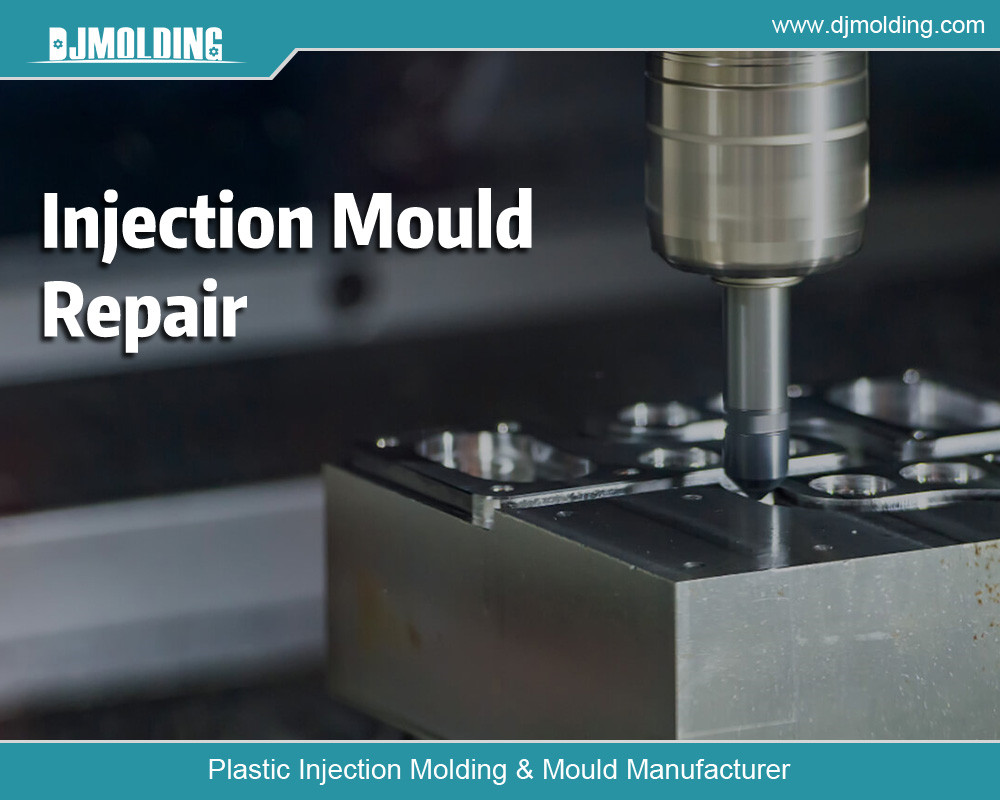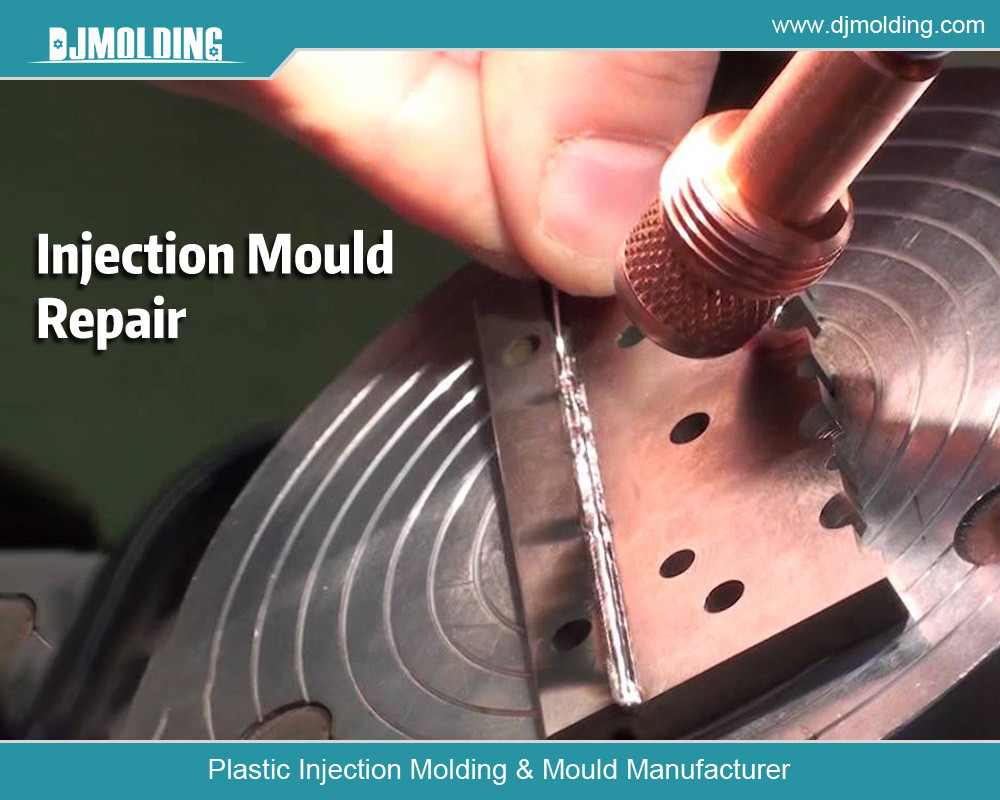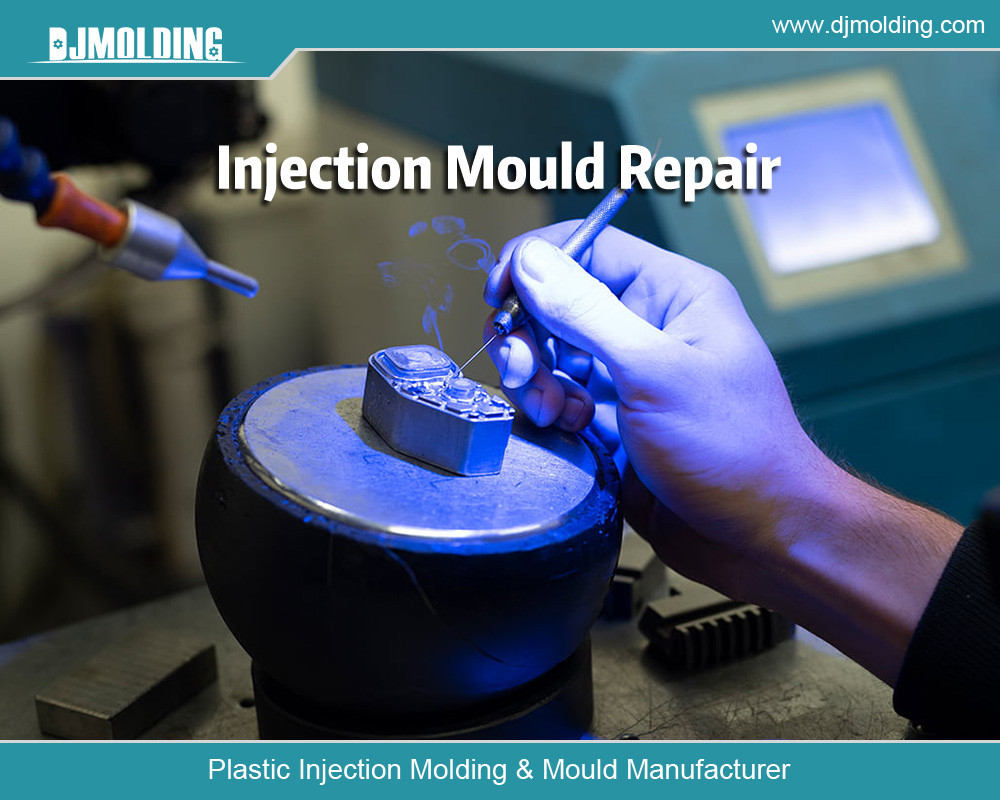Automotive Plastic Components Injection Molding Manufacturing: Enhancing Durability and Efficiency
Automotive Plastic Components Injection Molding Manufacturing: Enhancing Durability and Efficiency
Plastic components are crucial in the automotive industry, as they contribute to vehicles’ overall functionality and aesthetics. One of the plastic parts’ most widely used manufacturing processes is injection molding. Injection molding offers some key advantages in efficiency, precision, and cost-effectiveness, making it a popular choice in the automotive industry. In this blog post, we will explore the process of automotive plastic components injection molding and how it contributes to enhancing durability and efficiency in the automotive industry.

Understanding Automotive Plastic Components Injection Molding
Definition and Overview
Injection molding is a manufacturing process that involves injecting molten plastic material into a mold cavity to create plastic parts with high precision and accuracy. This process is widely used in the automotive industry to produce various plastic components, including interior and exterior features, engine components, and electrical components. Automotive plastic components injection molding is a specialized type of injection molding optimized for the unique needs and demands of the automotive industry.
Key Advantages of Injection Molding
Injection molding offers some critical advantages over other manufacturing processes, including:
- High precision and accuracy: Injection molding achieves high precision and accuracy in producing plastic parts, ensuring that manufacturers make components to tight tolerances and specifications.
- Cost-effective production: Injection molding can be a cost-effective way to produce large plastic parts, allowing for rapid and consistent output.
- Material versatility: Injection molding enables using a wide range of plastic materials, such as thermoplastics, thermosets, and elastomers.
- Reduced waste: Injection molding produces minimal waste, as excess plastic can be recycled and reused.
Application of Injection Molding in Automotive Manufacturing
Injection molding is widely used in the automotive industry to create a wide range of plastic components, including:
- Interior parts: Injection molding creates a wide range of internal factors, including dashboard components, door panels, and seating components.
- Exterior parts: Injection molding creates outer elements such as bumper covers, grilles, and fenders.
- Engine components: Injection molding creates engine components such as air intake manifolds, valve covers, and fuel system components.
- Electrical components: Injection molding creates electrical components such as connectors, switches, and sensors.
The Injection Molding Process
Raw Materials Used in Automotive Injection Molding
Manufacturers can use injection molding to process a wide range of plastic materials, including thermoplastics, thermosets, and elastomers:
- Polypropylene (PP): PP is a versatile thermoplastic material commonly used in injection molding due to its low cost, high stiffness, and excellent chemical resistance.
- Acrylonitrile-butadiene-styrene (ABS): Manufacturers commonly use ABS, a thermoplastic material, in injection molding due to its toughness, impact resistance, and ease of molding.
- Polycarbonate (PC): PC is a thermoplastic material commonly used in injection molding due to its high strength, impact resistance, and transparency.
Step-by-Step Overview of the Injection Molding Process
The injection molding process typically involves the following steps:
- Clamping: The mold is clamped together and held in place by the injection molding machine.
- Injection: The injection process involves injecting molten plastic material into the mold cavity under high pressure.
- Cooling: The plastic material can cool and solidify within the mold cavity.
- Ejection: The operator opens the mold and ejects the finished plastic part.
Importance of Design Considerations for Injection Molded Parts
Design considerations are critical in the injection molding process to ensure the production of high-quality and functional plastic parts. Some important design considerations for injection molded parts in the automotive industry include:
- Draft angle: Adding a draft angle to the design of the part helps in easy ejection from the mold and reduces the risk of damage or deformation.
- Wall thickness: Maintaining consistent and appropriate consistency throughout the part ensures structural integrity and avoids issues like sink marks or warping.
- Rib design: Incorporating ribs in the creation of the part adds strength and rigidity without significantly increasing the weight or material usage.
- Gate location: Proper gate placement, where the molten plastic enters the mold cavity, ensures even flow, and minimizes cosmetic defects like gate marks or weld lines.
- Material selection: Choosing a suitable plastic material based on the specific requirements of the part, such as mechanical strength, chemical resistance, and temperature stability, is crucial for optimal performance.
Enhancing Durability with Injection Molded Plastic Components
Benefits of Plastic Components in Automotive Durability
Plastic components offer several benefits that contribute to the durability of automotive systems, including:
- Lightweight: Plastic components are significantly lighter than their metal counterparts, reducing the vehicle’s overall weight and improving fuel efficiency.
- Corrosion resistance: Plastic components are inherently corrosion resistant, extending the lifespan of automotive systems, particularly in harsh environments.
- Impact resistance: Plastic components can absorb and distribute impact energy, protecting the vehicle and its occupants during collisions or accidents.
Role of Injection Molding in Creating Durable Components
Injection molding plays a crucial role in creating durable plastic components by:
- Precise molding: Injection molding ensures consistent and accurate molding of complex geometries, allowing for the creation of strong and structurally sound components.
- Material optimization: Injection molding enables the use of reinforced plastic materials with enhanced mechanical properties, further improving the durability of the components.
- Integration of functional features: Injection molding allows for the integration of valuable components, such as snap-fit connectors or mounting points, which enhances the overall durability and ease of assembly.
Examples of Injection Molded Plastic Components in Enhancing Durability
There are numerous examples of injection molded plastic components that contribute to the durability of automotive systems, including:
- Bumpers: Automakers design injection molded plastic bumpers to absorb impact energy during collisions, protecting the vehicle’s structure and occupants.
- Interior trim components: Injection molded plastic interior trim components, such as door panels and instrument panels, offer durability, impact resistance, and improved aesthetics.
- The engine covers: Injection molded plastic engine covers to protect from debris, moisture, and heat, ensuring the durability and longevity of the machine.
Improving Efficiency through Injection Molding
Lightweighting and Fuel Efficiency in Automotive Design
Lightweighting is a crucial focus in automotive design as it directly impacts fuel efficiency. Injection molding contributes to lightweight by:
- Material optimization: Injection molding allows for lightweight plastic materials that maintain strength and structural integrity while reducing the vehicle’s overall weight.
- Design freedom: Injection molding enables complex and intricate designs that can optimize the distribution of material, resulting in lightweight components.
Role of Injection Molded Plastic Components in Vehicle Weight Reduction
Injection molded plastic components significantly reduce vehicle weight and improve efficiency by replacing heavier metal parts with lightweight plastic alternatives. Some examples include:
- Intake manifolds: Injection molded plastic intake manifolds offer weight reduction and improved airflow, enhancing engine performance and fuel efficiency.
- Structural components: Injection molded plastic structural components, such as brackets or support elements, replace metal counterparts, reducing weight while maintaining strength and durability.
- Fuel system components: Plastic components, such as fuel tanks or fuel filler necks, produced through injection molding, contribute to weight reduction and improved fuel efficiency.
Advancements in Injection Molding Techniques for Efficient Manufacturing
Injection molding has seen significant advancements that contribute to efficient manufacturing processes, including:
- Rapid tooling: Technologies such as 3D printing and CNC machining allow for the rapid production of injection molds, reducing lead times and enabling faster iteration and production cycles.
- Automation and robotics: Automated injection molding systems with robotics integration streamline production processes, reduce labor costs, and improve overall efficiency.
- Process optimization: Advanced techniques like scientific molding and simulation software optimize process parameters, material flow, and cooling, improving cycle times and higher production efficiency.
Key Challenges and Solutions in Automotive Injection Molding
Addressing Design Complexity and Manufacturing Tolerances
The increasing complexity of automotive designs and the demand for tight manufacturing tolerances pose challenges in injection molding. Solutions include:
- Design for manufacturability: Collaboration between designers and molders early in the design phase ensures that parts are optimized for injection molding, considering moldability and dimensional accuracy.
- Advanced mold technologies: High-precision molds, including multi-cavity molds and hot runner systems, enable the production of complex parts with consistent quality and reduced cycle times.
Overcoming Material Selection and Performance Challenges
Selecting suitable materials and addressing performance challenges are crucial for injection molding. Solutions include:
- Material testing and validation: Rigorous material testing, including mechanical, thermal, and chemical properties, ensures the selection of materials that meet performance requirements.
- Additive technologies: Incorporating additives, such as fillers, reinforcements, or impact modifiers, enhances material performance and addresses specific challenges like strength, impact, or heat resistance.
Quality Control and Testing in Injection Molded Plastic Components
Maintaining quality control in injection molding is essential to ensure the durability and efficiency of plastic components. Key measures include:
- In-process inspections: Regular inspections during the injection molding process, such as dimensional checks and visual inspections, help detect and rectify defects or deviations early on.
- Quality assurance testing: Conducting mechanical, chemical, and environmental tests validates the performance and durability of injection molded plastic components.

Conclusion
Automotive plastic components injection molding plays a vital role in enhancing durability and efficiency in the automotive industry. By leveraging the advantages of injection molding, manufacturers can produce high-quality plastic components with precision, contributing to lightweight, durability, and improved fuel efficiency. However, addressing design considerations, overcoming challenges, and maintaining strict quality control is crucial for successful injection molding processes. As the automotive industry continues to evolve, further exploration of injection molding technologies will lead to advancements in material selection, process optimization, and the overall performance of automotive plastic components. By embracing the potential of injection molding, the automotive industry can continue to enhance the durability and efficiency of vehicles for a sustainable and innovative future.
For more about automotive plastic components injection molding manufacturing,you can pay a visit to Djmolding at https://www.djmolding.com/automotive-plastic-components-injection-molding-manufacturer-revolutionizing-automotive-manufacturing/ for more info.




